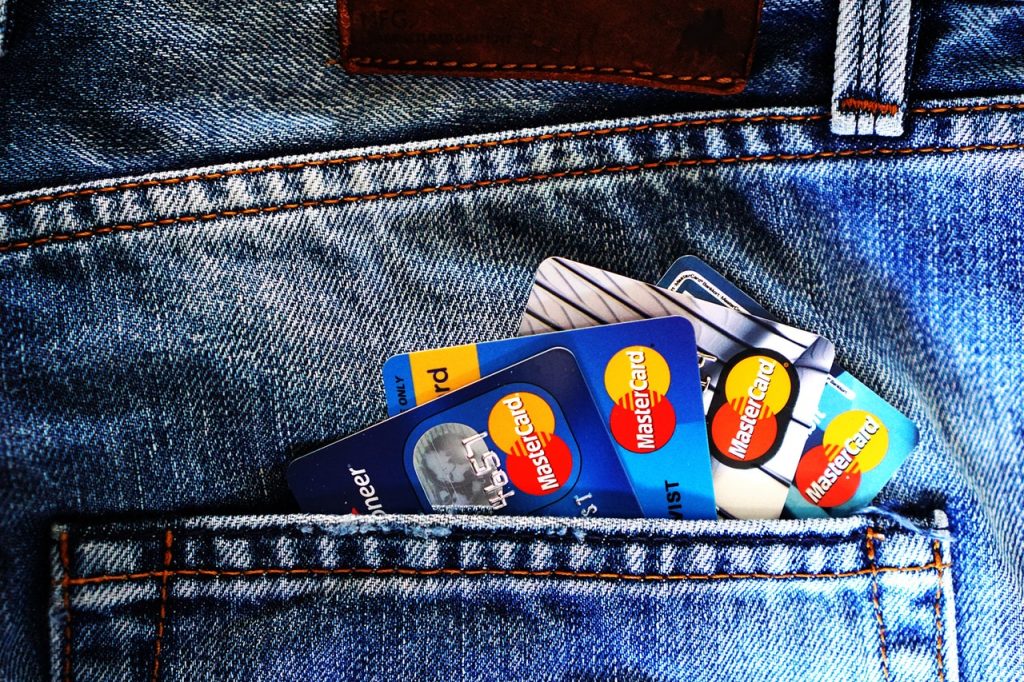3 credit card traps you have to avoid

With over 7 million credit card holders nationally, it is probably fair to describe Australians as credit card enthusiasts. Plus it’s easy to understand why. Credit cards are an incredibly convenient payment method, letting you make small or large purchases without the need to carry cash.
Here are just three of the most common mistakes Australian’s make when it comes to credit cards that are costing you money:
Paying only the minimum payment required
Minimum payments can be as low as 1.5 per cent of the outstanding amount. However, by paying the minimum, you don’t cover your interest payments and end up paying more interest overall as it takes you longer to repay your debt. Ideally, you should pay the balance in full monthly. If that’s not possible, pay as much as possible to decrease the amount of debt left sitting on your card.
Cash advances
It’s important to note that interest-free periods don’t apply to cash advances. Credit card providers charge exorbitant interest on cash advances, roughly as high as 29 per cent. But that’s only one trap related to cash advances. In many cases, you’ll be hit with interest as soon as you withdraw the cash as well as having to pay a withdrawal fee. This fee may be a percentage of the amount you draw (the larger the amount, the bigger the fee) or a flat amount. Cashless payments are becoming increasingly available everywhere from cafes to clothes shops, so there is no need to be falling into such a costly trap.
Introductory rates
Most credit cards offer low-interest rates for a short period to entice you to sign up. Such introductory rates last for up to 12 weeks until they rise to the regular rate. On some cards, this maybe twice or triple the initial rate. By paying your monthly balance in full, this will not affect you. Even if you don’t, this is a common and painful trap. Before you sign up for any type of credit card, make sure the revert rate is at a competitive rate.






